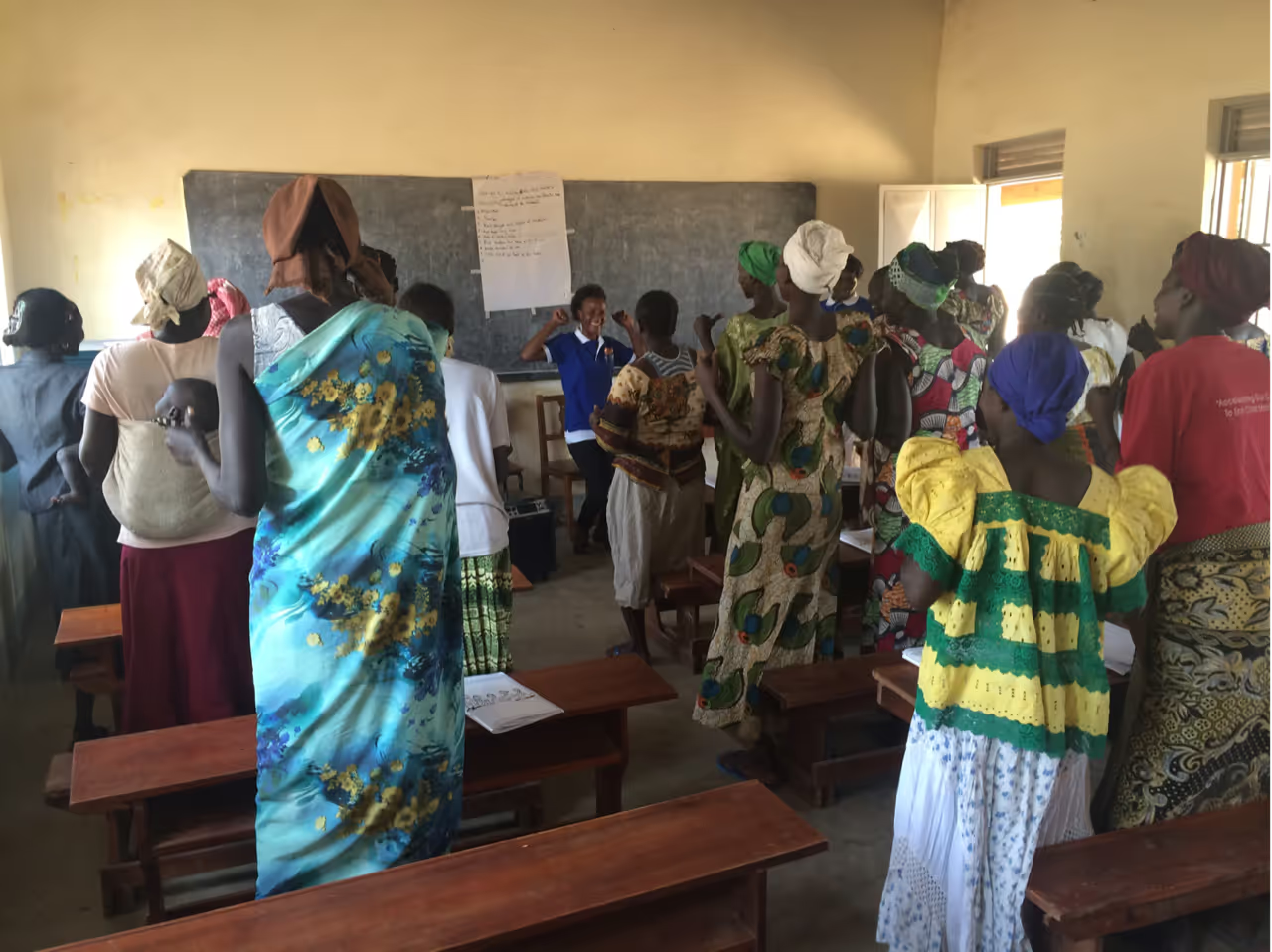Reimagining scale - collective ownership and adaptive learning
.webp)
This blog is co-authored by Anas Santos and Sathy Rajasekharan.
This is a two part blog. In Part 1 of this series, we examined the flawed assumptions that define how humanitarian innovation is expected to scale. We questioned the burdens placed on innovators, the oversimplified models of replication, and the ambiguity of “sustainability” as an end goal. Now, we’ll explore what a more realistic and equitable approach to scale might look like.
Scale in humanitarian innovation is often treated as a linear endpoint, something to be achieved, ticked off and sustained. But in practice, success in scaling depends on a network of actors across multiple domains.
Scale is a system, not a solo journey
The challenge here is clear: innovators alone cannot guarantee sustainability or scale. We must move beyond the individualistic narrative and begin to see scale as a shared, negotiated, and adaptive process that evolves across sectors and actors. But this shift requires new questions—and new behaviours.
Inspired by this idea, we propose asking these critical questions to stakeholders:
1. “Does scaling this innovation align with your mission?”
Scaling may require expanding scope or shifting focus from depth to breadth of impact. Humanitarian innovators are typically specialists in their field of action, contextual e.g. refugee settings, urban displacement, etc; or technical cold chain engineering, pediatrics, water and sanitation.
Not every innovator or organisation is suited for the trade-offs of exploring impact in other contexts or technical environments. Specialised innovators may lack knowledge or capacity about other contexts’ legal systems, to scale. Sharing or open-sourcing innovations will allow others better equipped for scaling to take the lead, while the innovator continues to focus on experimentation.
2. “How are you preparing your organisation to lead this effort?”
Scaling fundamentally challenges an organisation’s structure and balance e.g., bringing in experienced leaders may marginalise early employees, or switching to enterprise-level tools may reduce agility. Preparing for these shifts by onboarding experienced board members or advisors and by embracing working more in networks, can mitigate growing pains.
3. “How are you going to learn as you scale?”
Scaling requires investment in learning tools and teams, that ensures the innovation in question remains adaptive and responsive as it scales. As an organisation grows to accommodate the implementation of a scaled innovation, learning resources become central to its operations since it needs to ensure that “the innovation” adapts to new contexts, new users, new clients - basically, there isa shift between finding out “what works” to finding out “how to make it work” and “when should we stop”.
Changing to a scaling gear: rethinking MEL
The shift we refer to above is also related to evaluation processes of humanitarian innovation. Monitoring, Evaluation and Learning, as we know it in this field, is mostly output focused, not process focused. It is imposed on programs with predetermined metrics and tools, and it delivers more on ensuring that scripted activities were done, rather than on observing the transformation that is implicit at individual and organisational levels.
Naturally, this makes sense when a humanitarian organisation privileges the financing of service delivery over financing of evaluation activities. But innovation can really fail. A programme can be carried out successfully yet bear no results on the intended transformation. So documenting it, intentionally studying iterations and allowing space for a change of scope can help identify what could have been different in terms of processes, organisation and assumptions.
And finally, learning as you scale requires a sensitivity about how to talk about failure since there is no universal understanding of what failure means. So intentionally crafting and demanding a learning culture among all those in the scale ecosystem, where failing to meet an objective is not a defeat but a new insight into what works, may just be the behaviour change programme we need.
Reimagining scale through collective ownership
We find inspiration in the Mountain Model, where ownership is co-created by funders, innovators, and governments from the start. This approach fosters a collective commitment to addressing systemic dependencies and integrations. DHIS2 or Sanivation are examples of humanitarian innovations that required a long term alignment with different government databases, the development of new national standards and policies, paired with collaboration with iNGOs and donors for technical and financial support, investment in different behavioural strategies to facilitate adoption.
Across the different contexts, the scaling of these products implied new configurations, features and focus areas than the originally developed product. A dedicated forum for promoting solutions across these many domains could help reframe scale as a shared and observable process rather than an ambiguous end goal.
Let’s replace Sisyphus’ punishment with collaboration, shared accountability, empathy, honesty, and purpose, ensuring that the climb toward scale can be done through many pathways and itis a collective achievement rather than an individual struggle.
[See previous Part 1: Debunking scale in humanitarian innovation– rethinking the climb]
Read more about our Scaling Series
Failure to Scale
This paper explores the challenges humanitarian innovations face in achieving scale. Our research highlights why this issue matters, its implications, and its underlying causes.
Humanitarian procurement: challenges and opportunities in the adoption of WASH production innovations
This paper focuses on the demand side for product innovations and the connection between supply and demand, namely procurement.
Impact evidence and beyond: Using evidence to drive adoption of humanitarian innovations
This learning paper provides guidance to humanitarian innovators on how to use evidence to enable and drive adoption of innovation.
Read more about this paper
Stay updated
Sign up for our newsletter to receive regular updates on resources, news, and insights like this. Don’t miss out on important information that can help you stay informed and engaged.
Related articles
.png)


Related projects

Scaling up Self-Help Plus (SH+) through humanitarian partnerships
Explore Elrha
Learn more about our mission, the organisations we support, and the resources we provide to drive research and innovation in humanitarian response.